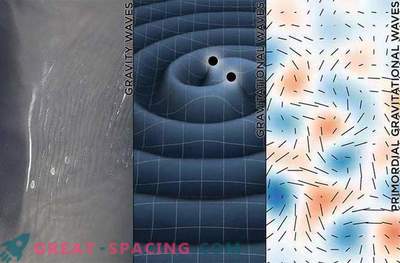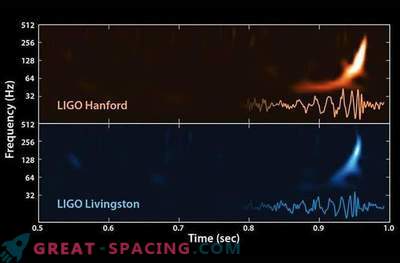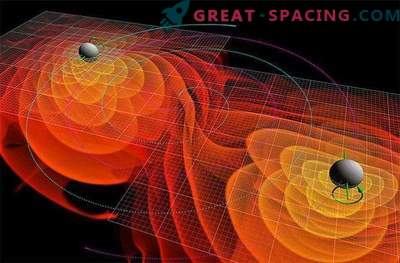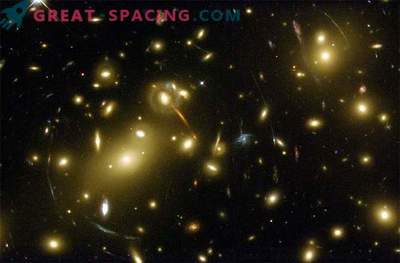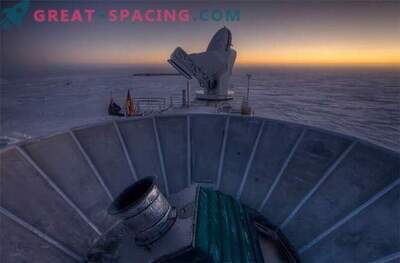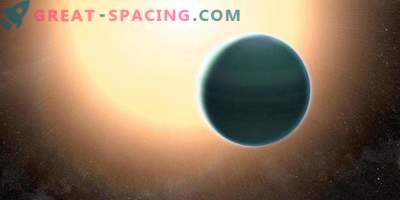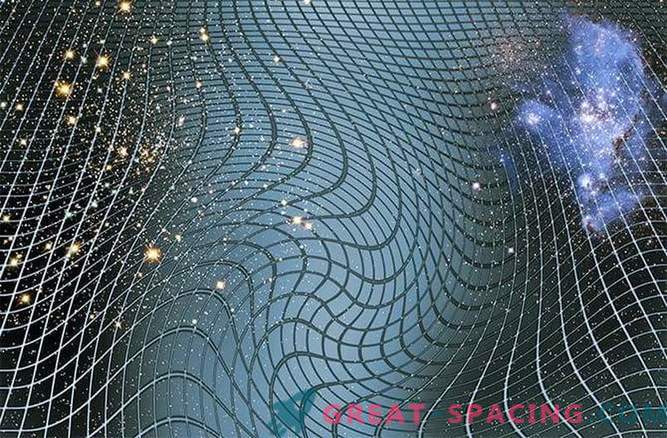
What is it?
On Thursday (February 11) at 10:30 am, the National Science Foundation in Washington will bring together scientists from Caltech, MIT and Scientific Collaboration of the LEU to announce to the scientific community the results of the efforts made by the Laser Interferometric Gravitational Wave Observatory (LIGO) to detect gravitational waves .
As a result of some very specific rumors aimed at the possible discovery of this elusive ripple in outer space, there are high hopes that the scientific cooperation of LIGO will finally put an end to feverish reasoning and announce the discovery of gravitational waves.
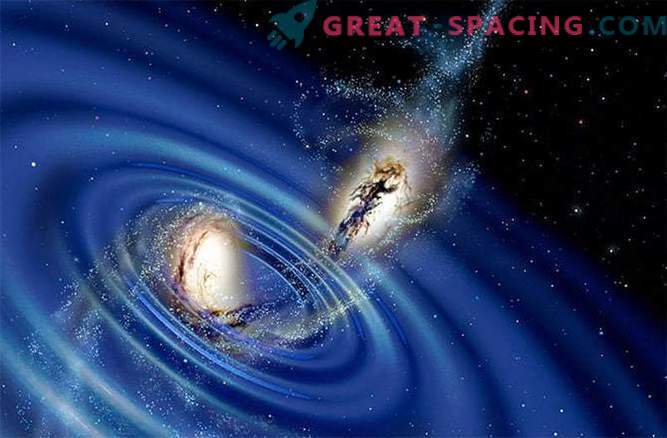
But why is this so important? And what are “gravitational waves”?
Gravitational waves in their most generalized sense are pulsations in outer space. Albert Einstein assumed a little more than 100 years ago, these pulsations carry gravitational energy from the acceleration of massive objects in space. We can imagine gravity waves as ripples on the surface of a pond; throw a pebble into the water and the waves will go over the surface of a fallen object. Gravitational waves are similar: face two black holes (as an example), and the “ripple” will go in space, transferring energy from the collision site at the speed of light. There are no proven observations of the presence of gravitational waves, but their identification was not considered possible ... until recently.
What makes them?
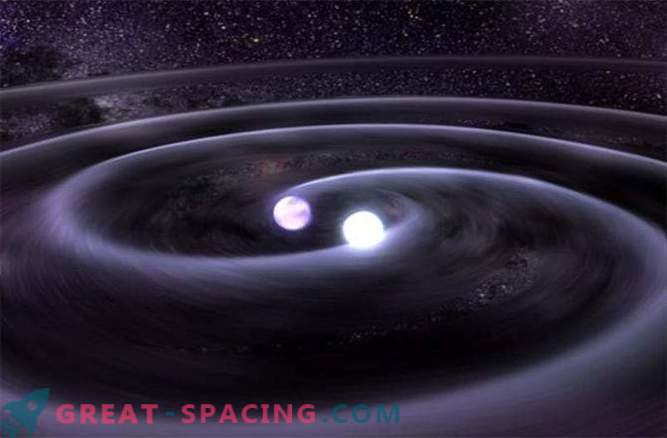
Black holes are the most massive and dense objects existing in the Universe, and, probably, are centers of gravitational wave activity, especially when they collide and merge. The merging of black holes is considered the key to the growth mechanism of these gravitational giants. When two galaxies merge their central, very heavy, black holes begin to rotate around each other in a spiral, and then collide, forming a large black hole. In this case, gravitational waves originate from spiraling black holes before they collide. The more objects approach each other, the stronger the gravitational energy of the waves increases, taking more and more energy from black holes to their collision, ringing like a “bell” after their merging. Another energy phenomenon that generates a rapid eruption of gravitational waves is supernovae. After a massive star runs out of hydrogen fuel, it explodes, forming a massive gravitational pressure. As a result of the explosion, a pulsation of gravitational waves will occur, which will go through outer space.
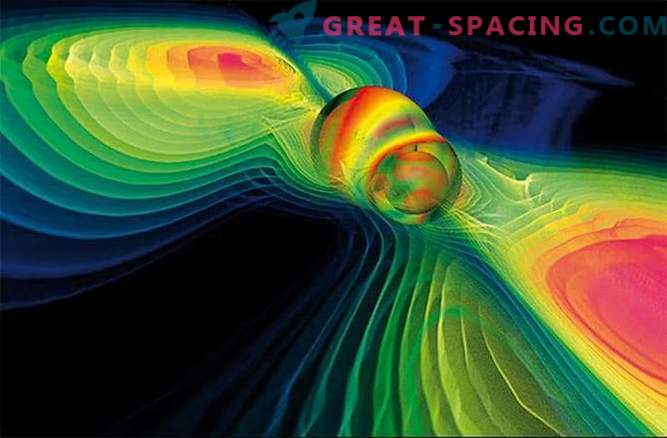
Gravitational waves can also be created by rapidly rotating objects, but there is one trick. Only asymmetric (that is, not symmetrical) huge rotating objects can emit gravitational waves in a periodic form. For example, a rapidly rotating neutron star with a convex accumulation of substances on one side of the hemisphere will “stir up” space-time to create gravitational waves. However, a perfectly symmetrical neutron star will not create gravitational waves. The easiest way to understand this is to imagine an oval-shaped ball rotating on the surface of a pool; while the ball is spinning, it creates large waves on the surface of the water. A round ball, on the other hand, will create subtle ripples on the surface.
The Big Bang, presumably, also caused a powerful stream of gravitational waves, at the origin of the Universe, about 14 billion years ago. However, these initial gravitational waves are unlikely to be detected, since their signal is too weak in the modern Universe. But attempts are being made to detect them in the “background glow” of the Big Bang. Such a project is the BICEP2 telescope at the South Pole, which is looking for a very specific type of polarization in the cosmic microwave background, presumably caused by primary gravitational waves. Despite recent announcements, these signals have not yet been detected.
How can we detect them?
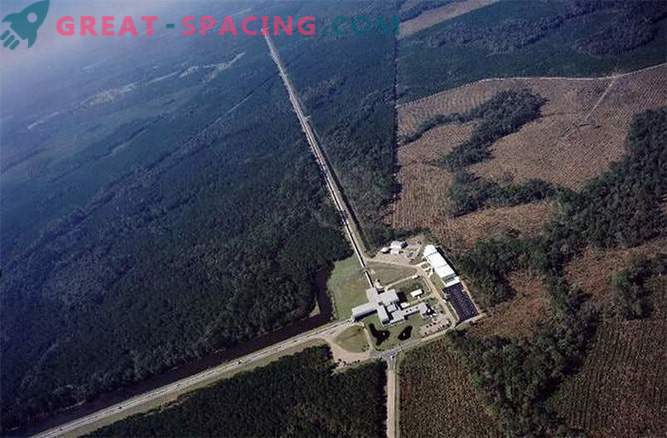
In 2002, the Laser Interferometric Gravitational-Wave Observatory (LIGO) began work on a specific task: the direct detection of gravitational waves passing through our local volume of space. Gravitational waves are transmitted in outer space and can be detected in any part of the sky at night and day, passing through nebula, stars and even solid planets. These waves, theoretically, constantly pass through outer space, traveling absolutely freely. These waves can be everywhere, but their effect is surprisingly weak, and LIGO was designed to probe their possible existence. LIGO consists of two observation stations located at a distance of 2 thousand miles from each other - one in Washington, the other in Louisiana. Both stations are identical, and have two long L-shaped tunnels. Each tunnel is 2.5 miles long. The “L” angle contains a sophisticated optical laboratory using lasers to detect tiny fluctuations in distance caused by the passage of a gravitational wave. By repeatedly bouncing lasers along the tunnel, and then comparing beams, LIGO equipment can detect the smallest phase change. This extremely accurate technique is called interferometry. Any phase change can mean a slight curvature of space-time — a tiny change in distance, equivalent to 1/1000 the width of a proton.

Until now, LIGO could not detect any signals of gravitational waves, but with the upgrade to Advanced LIGO, the situation may change.
Having two stations is crucial for Advanced LIGO. If one station detects a change in space-time, and the other does not, scientists can rule out the propagation of gravitational waves. These false alarms can be caused by vibration from a passing truck or in strong winds during a storm. Only if two stations record the same event will the existence of a gravitational wave signal be confirmed.
Other terrestrial gravitational wave detectors, such as Virgo (Italy) and GEO 600 (Germany), also use interferometry to capture these tiny oscillations of spacetime. Recently, the LISA Pathfinder mission was launched to test key technologies using the Evolution Laser Interferometer Space Antenna next-generation space interferometer (eLISA), which the European Space Agency plans to launch in 2034.
Why are they so important?

The confirmation of the detection of gravitational waves will be the final merger of theoretical physics and technological development. Gravitational waves are born directly from Einstein's general theory of relativity, which describes the nature of space and time. It is surprising that 100 years ago, a year a year, Einstein sowed seeds for these disturbances in space-time, only so that in a century we could develop technology and try to actually detect them. Their discovery will confirm another assumption of the general theory of relativity and help us in the future to find answers to some of the most unpleasant puzzles facing astrophysicists and cosmologists.
Direct detection of gravitational waves is undoubtedly an event worthy of the Nobel Prize and the scientific community has no doubt that this achievement will be on par with the discovery of the Higgs boson in 2012 and possibly even with the concept of Edwin Hubble on the expansion of the Universe in 1929
It is curious that he suggested that different cosmic phenomena will create gravitational waves of different frequency. Modern astronomy focuses on the use of the electromagnetic spectrum to explore the Universe. Traditionally, the visible part of the light of the electromagnetic spectrum, was used by astronomers to open planets and even look into neighboring galaxies. With the development of astronomical methods and the modernization of technology, astronomers began to study waves of different frequencies, such as X-rays, to see energy events around black holes, and infrared radiation, to look into the star-forming nebulae.
But direct detection of gravity waves will be a paradigm shift. With a sufficient number of detectors of gravitational waves, we will be able to “see” objects and objects that remain invisible to the electromagnetic spectrum. Two black holes colliding, for example, cannot create a lot of electromagnetic radiation, but they can create a huge gravitational-wave signal. And, like electromagnetic radiation, the frequency of gravitational waves will describe the nature of the phenomena generating them. Ultimately, we will be able to create a gravitational map of the nearby Universe with temporal phenomena, like supernovae, and periodic pulsations from the rotation of black holes. Astronomical gravitational waves will create a revolution in our perception of the universe.




